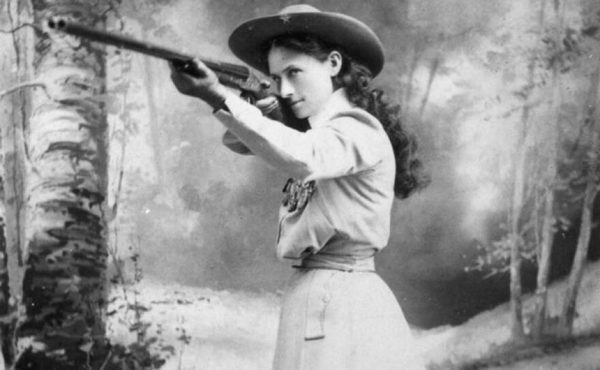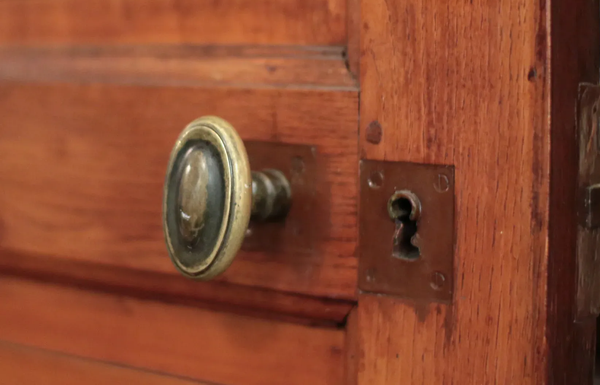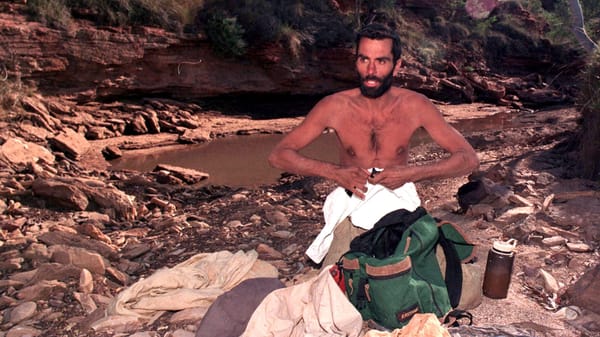Bing Crosby revolutionized recording technology

From Ted Gioia: "Crosby had to do two different live broadcasts, and the network refused his proposal that they pre-record the later show on 16-inch transcription disks, since the sound quality was noticeably inferior. In 1947, a stranger from Northern California named Jack Mullin made the trek to Hollywood with a big box that not only solved Bing’s dilemma, but set the wheels in motion for a whole host of later innovations. Mullin set up a live performance behind a curtain, then followed it with a playback from his magnetic tape recorder. The audio quality was so true-to-life that many listeners couldn’t tell the difference. A few days later, a letter arrived, and inside was a check from Crosby for $50,000."
When Hilary Clinton had to step in to stop a trade war over gefilte fish
From Dan Lewis at Now I Know: "Gefilte fish is an acquired taste. It is basically meatloaf, only cold and made of fish, andcommonly served as an appetizer on Passover. It is typically not a matter for the U.S. Department of State, but it became one in 2015. Catfish farmers in Arkansas had started buying Asian carp to combat algae growth, but the carp escaped and started breeding en masse in US waterways. Coincidentally, carp is one of the fish commonly used to make gefilte fish, so Israel seemed like a natural landing spot for Asian carp. In 2010, a Chicago fishery sent 400,000 pounds of carp there, but Israel decided to levy a significant fee on the imported carp. So Clinton got involved."
Roman gladiator battles started out as funeral entertainment
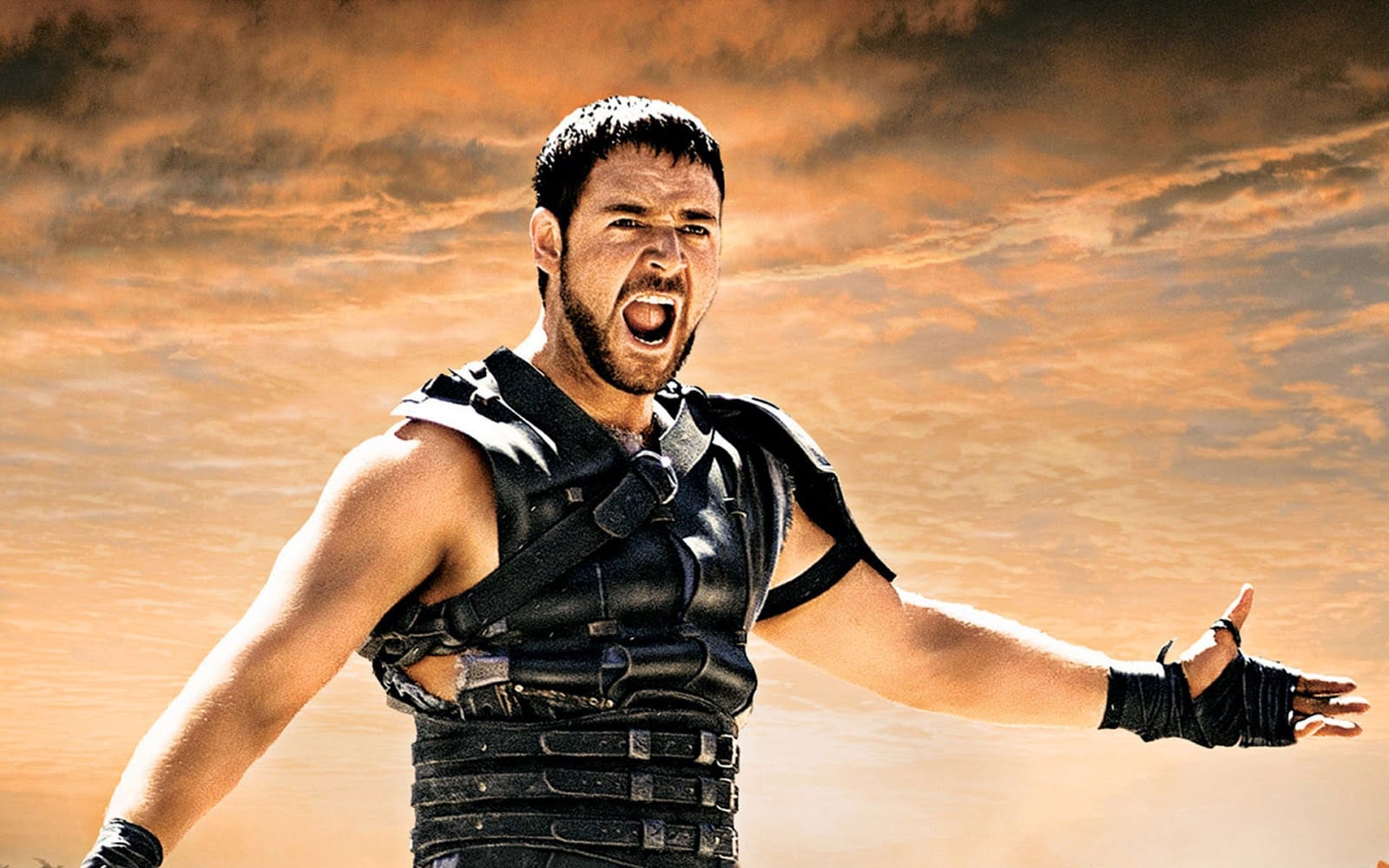
From Neatorama: "We think of gladiators battling to death in a ring as a Roman phenomenon, but the idea wasn't Roman at all. It was an imported custom that was first launched in Rome in the year 264 BCE, when Brutus Pera, a powerful member of the Brutus family who ran the Roman Republic, died. His sons held a lavish wake, called a munus, where they distributed meat and wine to the public. They also had six slaves fight each other to the death for entertainment. That began a custom in which the funeral rites of prominent people often included a bloody battle that took even more lives."
Editor's note: If you like this newsletter, I'd be honoured if you would help me by contributing whatever you can via my Patreon.
There's an abandoned movie theater in the Sinai desert that has never shown a film

From Atlas Obscura: "As you walk on the sand to get to the eeriest theater in the world, the scene feels distinctly post-apocalyptic. This deserted outdoor cinema has yet to see its premiere; its 700 weathered and worn theater seats languish amid the howl of the desert wind. At the southern tip of the Sinai Peninsula in Egypt, the abandoned movie theater, dubbed the “End of the World Cinema,” is a silent and bizarre view. It was built by Frenchman Diynn Eadel in the late 1990s, but suffered a power cut on its premiere night. According to an introductory flyer, it was meant “to prove that tourism is not necessarily a destructive element and that the Great Theater of Nature can reconcile us with the elements.”
Eleven people built an apartment complex out of giant Lego bricks

From Fast Company: "With little more than a mallet, a glue gun, and a color-coded instruction manual, a team of 11 unskilled laborers recently built an entire 96-unit apartment building in less than two months. The key to this super fast building project is its unique new construction material—an interlocking block system that snaps together like Lego bricks, stacked like conventional cinderblocks and hammered into place. The material is called Renco, and it’s made of a fully recyclable mix of repurposed glass and plastic, calcite dust, and resin. (The name is a mashup of “renewable” and “composite.”) Similar to fiberglass, the blocks made of this composite have high strength and stability, and are able to withstand a wide range of environmental forces."
This lighthouse in Iceland is at the top of a jagged spike of rock
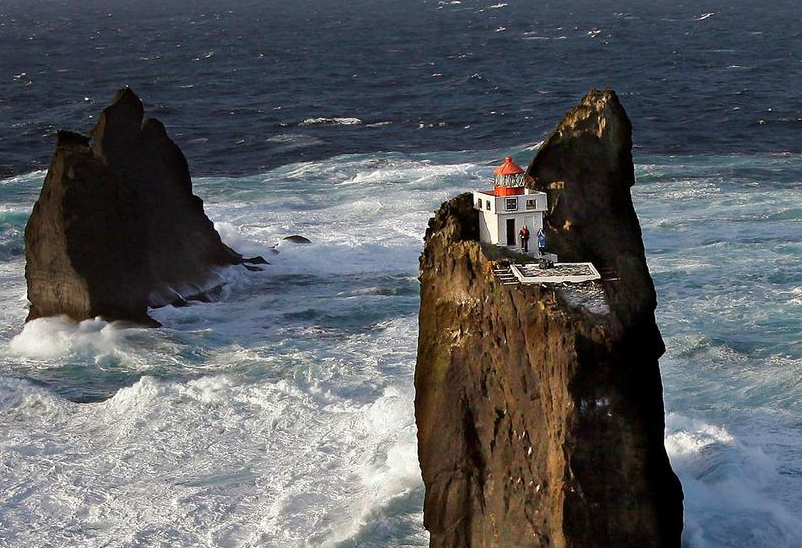
From Iceland Monitor: "The lighthouse, Þrídrangaviti, is located in the Westman Islands and is located around six miles from the shore. It's precariously perched on top of a rock pillar with the wild waves of the cold North Atlantic ocean raging below. Þrídrangar means "three rock pillars" and the lighthouse was built there in 1939. Project director Árni G. Þórarinsson said in an interview that the team hired experienced mountaineers, and brought drills, hammers, chains and clamps to secure the chains. Once they got near the top there was no way to get any grip on the rock so one of them got down on his knees, the second stood on his back, and then the third climbed on top of the other two and was able to reach the nib of the cliff above."
An apt name for one of Hamilton's snowplow trucks
Winner of snow plow naming contest in Hamilton. pic.twitter.com/N83vBbjg9e
— Doug Aoki (@Nantanreikan) January 10, 2024
Acknowledgements: I find a lot of these links myself, but I also get some from other newsletters that I rely on as "serendipty engines," such as The Morning News from Rosecrans Baldwin and Andrew Womack, Dan Lewis's Now I Know, Robert Cottrell and Caroline Crampton's The Browser, Clive Thompson's Linkfest, Noah Brier and Colin Nagy's Why Is This Interesting, Maria Popova's The Marginalian, Sheehan Quirke AKA The Cultural Tutor, the Smithsonian magazine, and JSTOR Daily. If you come across something interesting that you think should be included here, please feel free to email me.
